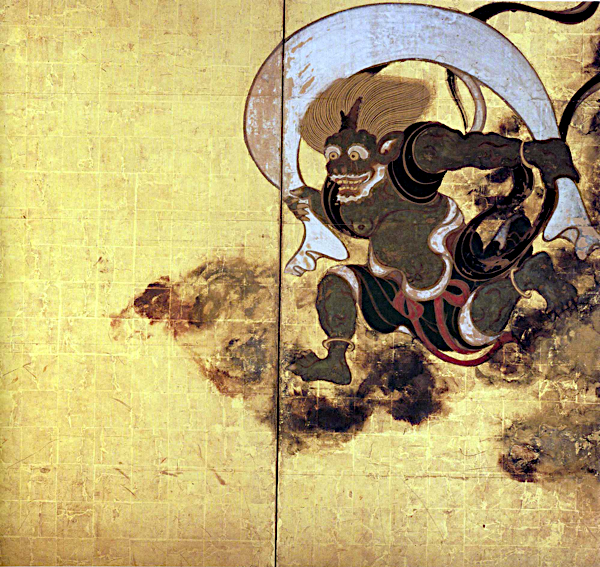Introduction to Japanese Art and Culture

This course takes an interdisciplinary approach to the history of Japanese visual culture, introducing the art of the archipelago from ancient times through the present day. Although primarily a chronological historical examination of key artistic monuments, the class will also discuss thematic issues such as the materiality of artworks, cultural exchange, the conceptions of nature and naturalness, and the relationships between artistic productions and religion, class, and society.
The course makes no claim to being comprehensive, and the goal of the lectures is only to introduce you to the range of artistic productions in Japan and the ways that visual art has interacted with the cultures that produced it. At the end of the semester, you should have a better understanding of many aspects of Japanese history, thought, religion, and visual culture; you should also have developed a heightened awareness of and sophistication about the visual world in general.
Course Requirements: There are no pre-requisites for this course.
Intended Audience: Students at all levels are welcome to attend.
Class Format: Lecture meetings will generally be taken up with presentations and explanations of large numbers of images. Section meetings will discuss readings and focus on a few key images. Some class sessions will also involve group activities, museum visits, or other special work with the course material.
Textbooks/Other Materials: none
Global Course Connections (GCC) add-on: In spring 2017 (5/9-5/27/2017), UM's Global Course Connections will offer an add-on class listed as CJS 281. The class will travel to Kyôto, Japan to visit key sites throughout the city and surrounding area. If you are interested in the class, please apply through CGIS by December 2016. If you have any questions about this, please contact the instructor.
Estimated Cost of Materials: $50-$100.
HISTART Categories for Concentration Distributions: 2. Medieval, 3. Early Modern, C. Asia (includes China, Japan, India, South and Southeast Asia, and the pacific)